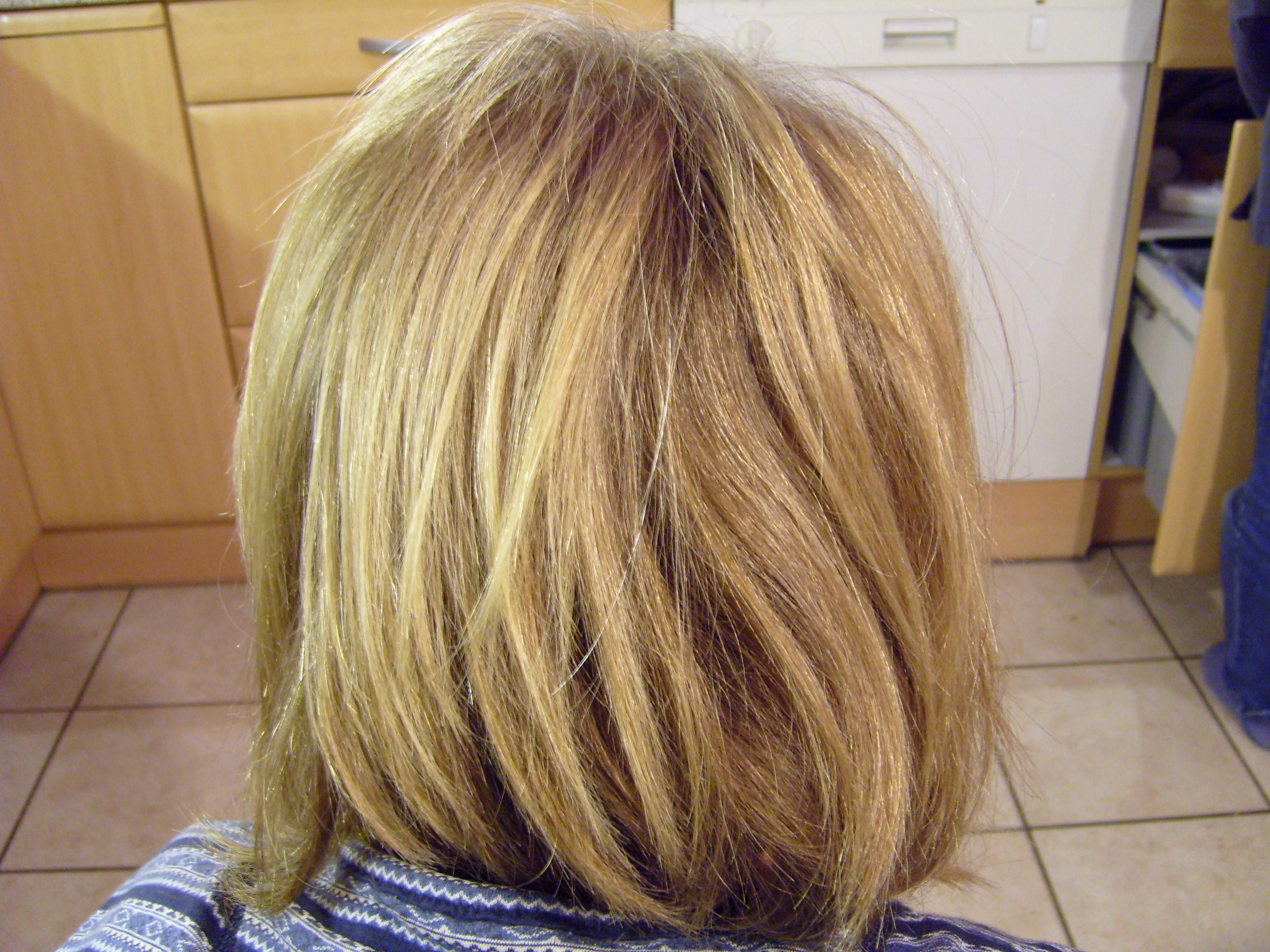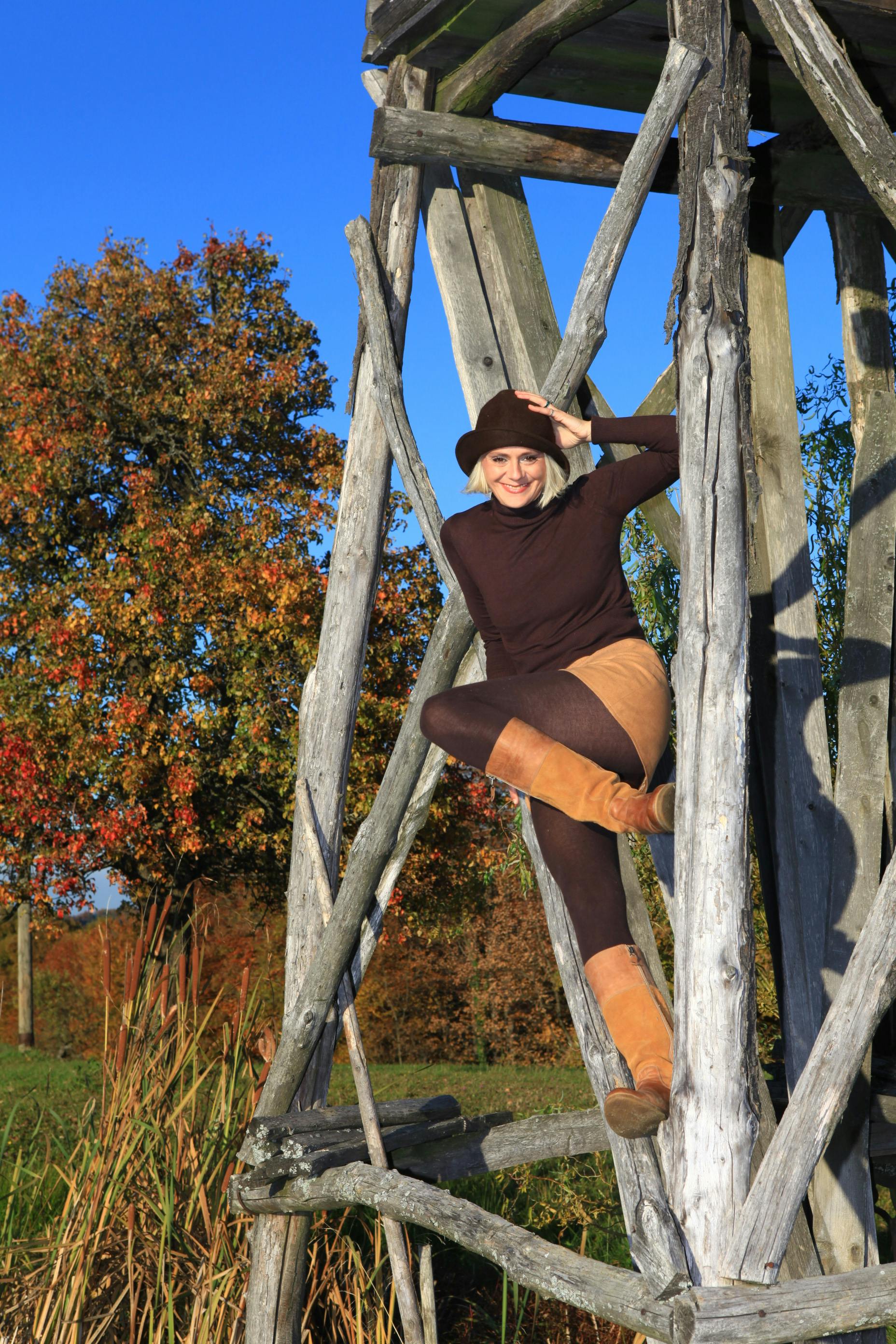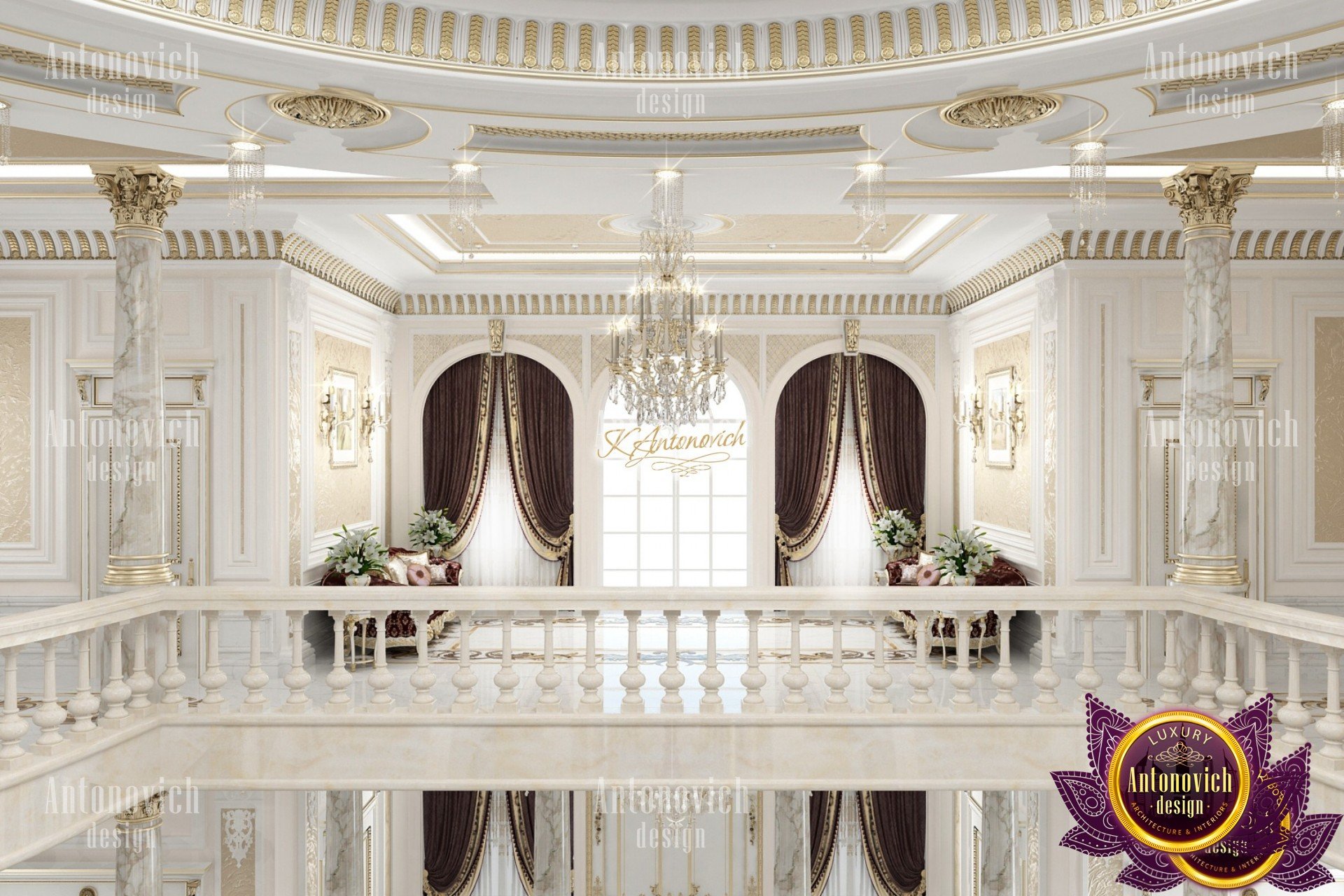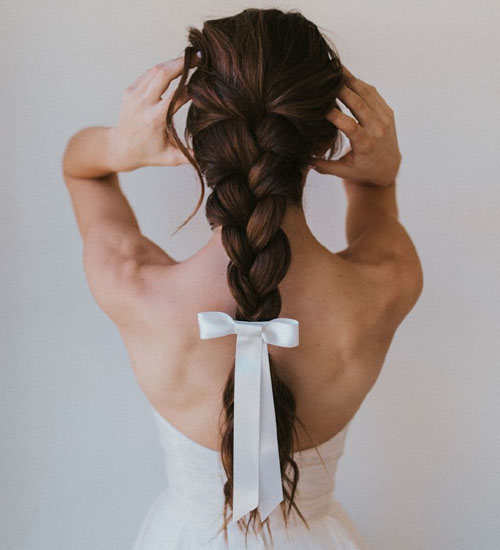Table Of Content

Explore the history of the words blond and blonde and how to use them in context. Not everyone is so happy to use different terms to describe men and women with the same hair color. The American Heritage Book of English Usage warns that referring to a woman as “a blonde” may have sexist undertones.
Kate Beckinsale is nearly unrecognizable with shocking blond hair makeover - Page Six
Kate Beckinsale is nearly unrecognizable with shocking blond hair makeover.
Posted: Thu, 07 Dec 2023 08:00:00 GMT [source]
Fanola No Yellow Shampoo
A café owner may sell blonde cappuccinos, but that doesn’t mean the drink is feminine. Likewise, a chair constructed from blond wood is not a masculine object. To bring the point home, Lexico defines “blonde moment,” as a 1990s’ reference to the ‘silly or scatterbrained behavior’ of ‘stereotypically blonde women.’ Ouch. If you want to follow the traditional spelling convention, use blonde for girls and women, and blond for boys and men. This means using gender-neutral language when possible and not making assumptions about the gender of your reader. Kardashian also unveiled a new hair style, returning to her bleach blonde locks.

Honeysuckle Blonde
It is partially due to the popularity of simplifying women down to their physical characteristics. For instance, “the blonde over there,” is a common way to describe women yet used much less frequently to describe men. The word “blonde” gains much of usage from synecdoches (the literary device where a part of something represents the whole). For instance, many joke punchlines, stereotypes, and other gender-specific assumptions will use the “blonde” form to clarify a female as the object of the sentence. Actor and waiter are also beginning to prevail over gendered terms like waitress and actress—though the Academy Awards still makes the distinction for the latter when it hands out its trophies.
Brunet vs. Brunette
But “blonde,” with the added E on the end, is the feminine form and is supposed to describe females with the same fair hair and golden locks. In Canada, the spelling of blonde is the same as in the United States, which is “blonde” for females and “blond” for males. In conclusion, blond or blonde has other uses beyond hair color, such as describing animal fur and wood color. However, it’s important to use the correct spelling for each context to avoid confusion. Finally, we will discuss some of the myths and misconceptions surrounding blond and blonde hair. For example, many people believe that blond hair is weaker or more prone to damage than other hair colors.
ColorLites Color-Depositing Shampoo
Sunny highlights illuminate Reese Witherspoon's sandy base shade. These types of distinction are not prevalent in American English, so let’s look further at how the blond vs. blonde issue came about and where it might be headed. Imagine that you are walking down the street and you accidentally bump into someone coming from the other direction.
However, phrases like “platinum blonde” often apply to male subjects because it’s a proper term. Now that we understand the difference between blonde and blond, it’s time to learn the right and wrong ways to use them. Let’s take a look at how these terms differ by region, and which contexts to avoid using “blonde” or “blond” altogether.
Blond Hair or Blonde Hair: Which Is Correct?
People should be judged based on their actions and abilities, rather than their appearance. British English is the form of English used in the United Kingdom. It has its own unique vocabulary, grammar, and pronunciation.

At a former time, the traditional English word for a person with light hair was “fair.” However, the French word blond also came into vogue centuries ago, particularly in America. That assimilation has remained, and for the precise writer, so has the word’s native spelling conventions, including adding an “-e” (blonde) when describing a female. You’d use “blonde” with the added E at the end to describe females or feminine objects with light-colored hair.
The only proofreading tool specialized in correcting academic writing
The adoption of blond and blonde in English does not strictly adhere to their French counterparts. In the United States, “blond” is the more prevalent spelling for both males and females, somewhat disregarding the traditional gendered distinction. In contrast, British English more frequently maintains the separate masculine and feminine spellings.
We love when Jennifer Aniston stays true to her brown roots, but especially when they're lifted with golden highlights. Named as such because it resembled flames licking the head, fire blonde is a mix of red, orange, and yellowish tones. A modern twist on the previous look, Miley Cyrus proves that peek-a-boo strands contrast perfect against super light blonde hair. The softest rose pink undertones pair beautifully with the light blonde color—and it's a show stopper on Blackpink's Rosé. The natural-root-to-platinum-blonde-length isn't new, but Selena Gomez gives it an edge with this choppy lob. From the crafted brow to red lip, it's the epitome of blonde.
Chloe X Halle's very own Chloe Bailey puts a new meaning to blonde ambition with these platinum locs. Ciara's mix of butterscotch- and caramel-colored highlights gives new meaning to the phrase "good enough to eat." Even if her strands have been leaning towards coppery browns lately, there's always some highlighted blonde that's fit for a queen. Pam is an expert grammarian with years of experience teaching English, Writing and ESL Grammar courses at the university level.
In conclusion, the word “blond” has its origins in the French language and was first used to describe the color of light or pale yellow hair. The word has evolved over time and has been adopted into the English language with the same spelling for both males and females. As nouns, the difference between blond vs. blonde is gender.
Congratulations to the entire CÉCRED team for contributing to developing award-winning products,” she captioned the video. Blond and blonde are also used to describe certain types of coffee and beer. In the coffee world, a “blonde roast” is a light roast that is less bitter and has a milder flavor than darker roasts.
The application of these words extends beyond physical description and can be found in various idiomatic expressions. Always remember that the selection of “blond” or “blonde” could be a style choice, but it helps to be aware of traditional spellings when writing about individuals. The word “blond” as an adjective is applied to masculine nouns, it adheres to traditional gender rules in grammar. In the landscape of English grammar, precision matters, and this is particularly clear in the case of adjectives. Often, the spelling of an adjective can provide information about the noun it’s paired with. The adjectives blond and blonde perfectly illustrate this point.
These terms function as descriptive alternatives and are often utilised in literature to add depth or visual variety in the description of characters with light hair. These nuances in spelling help to maintain a connection with the adjectives’ French origins while also offering subtle cues about the gender of the subject being discussed. These terms were integrated into English around the 15th century, maintaining their French gender-specific spellings. Spelling can be confusing, especially when the words are derived from another language. Explore words of French origin that are commonly confused, such as fiancé and fiancée or catalog and catalogue. Generally, blond is the spelling applied to men, but it can also be a neutral term used for everyone.












